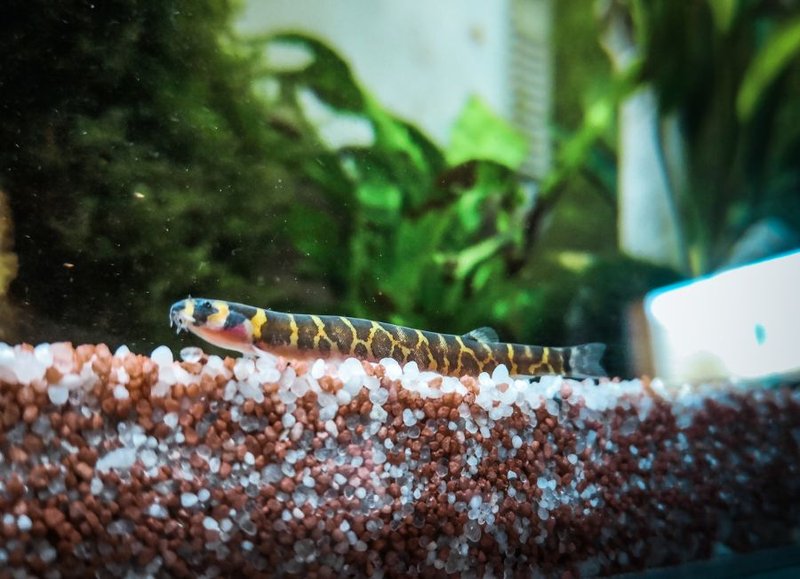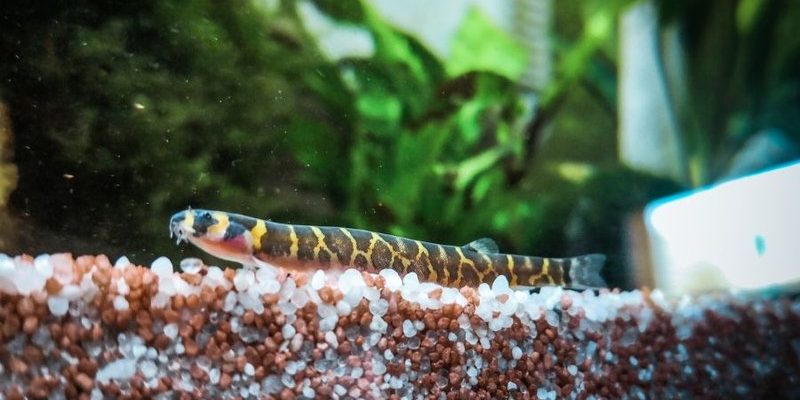
This article dives into the lifespan of loaches in captivity, highlighting not only how long you can expect your loach to live but also what factors can influence their longevity. So, grab a coffee, and let’s explore the fascinating world of loaches together!
What Are Loaches?
Loaches are a type of freshwater fish, often recognized for their elongated bodies and playful behaviors. They belong to the family Cobitidae, and you’ll find various species like the weather loach, clown loach, and yoyo loach. Each of these species has its unique traits and requirements, but they all share that adorable, wiggly charm that makes them so appealing to aquarium enthusiasts.
One of the most fascinating things about loaches is their quirky personalities. They’re not just there to swim around; they love to dig in the substrate, hide in caves, and even play with fellow tank mates. So, if you’re looking for a lively addition to your aquarium, a loach might just be the perfect fit!
Average Lifespan of Loaches
So, how long do loaches live? Under ideal conditions, most loaches can live between 10 to 15 years. Isn’t that impressive? That’s a long time to have a fish buddy swimming around to greet you every day. For example, clown loaches can live as long as 20 years if properly cared for, while others, like the weather loach, often cap out around 10 years.
You might be wondering what “ideal conditions” really means. Well, it’s all about water quality, diet, and tank environment. A happy loach is a long-lived loach, and the healthier your fish is, the more likely it is to enjoy a lengthy life.
Factors Affecting Lifespan
Several factors can turn a 10-year lifespan into something even longer. Here are some key elements to keep in mind:
- Water Quality: Keeping the water clean and properly filtered is crucial. A stable environment with minimal fluctuations in temperature and pH levels ensures your loach stays healthy.
- Diet: Quality food matters! A varied diet that includes high-quality pellets, frozen foods, and occasional treats like blanched vegetables can keep your loach fit and vibrant.
- Tank Mate Compatibility: Some fish are just bullies! Choose tank mates that are peaceful and won’t stress out your loach.
- Tank Environment: Loaches love to hide and explore. Providing caves, plants, and substrates that allow them to dig can boost their happiness, which often translates to better health.
Every little detail adds up, and creating a cozy, welcoming environment can make a big difference.
Common Health Issues in Loaches
Just like other pets, loaches can face health problems that could affect their lifespan. Here are some common issues:
- Ich (White Spot Disease): This is a parasitic infection that can quickly spread if not addressed. Look for white spots on your loach’s body and fins.
- Fin Rot: This often occurs due to poor water quality or injuries from aggressive tank mates. Keeping your water clean is key!
- Swim Bladder Issues: If your loach starts floating oddly or staying at the bottom, it might be struggling with swim bladder problems. A good diet can help prevent this.
Keeping an eye on your loach’s health and addressing issues promptly can lead to a longer life.
Creating a Healthy Environment for Your Loach
Now that we’ve covered lifespan and health concerns, let’s talk about how to create the perfect home for your loach:
- Adequate Space: Make sure your tank is big enough. Loaches like to have room to swim and hide. A good rule of thumb is at least 20 gallons for a small group.
- Temperature and pH: Aim for a water temperature between 75°F and 80°F, with a pH level around 6.5 to 7.5. Test your water regularly!
- Substrate Choices: Loaches are natural diggers. A soft substrate helps prevent injuries and allows them to exhibit natural behaviors.
- Plants and Hiding Spots: Provide some decorations, plants, and caves! They love to explore their surroundings and feel secure.
Creating a thriving environment is like laying down a solid foundation for a house—it makes everything better!
Feeding Your Loach for Longevity
Feeding your loach a balanced diet is crucial for a long and healthy life. Here’s how to do it right:
- Quality Staples: Start with high-quality sinking pellets designed for bottom feeders. They should be rich in protein and nutrients.
- Variety is Key: Mix in frozen foods like bloodworms or brine shrimp occasionally. This mimics their natural diet and keeps life interesting!
- Vegetable Treats: Blanched zucchini or cucumber slices make for great snacks. Loaches love munching on these goodies!
Remember, overfeeding can lead to health issues. Stick to a schedule and only give what they can eat in a few minutes.
Why Proper Care Matters
In the grand scheme of things, understanding how long loaches can live highlights the importance of proper fish care. By giving your loach the best possible environment, diet, and attention to health, you’re not just maximizing their lifespan; you’re also enriching your own experience as an aquarium keeper.
Think of it like raising a little underwater companion. The joy they bring often reflects the love and care you put in. It’s a beautiful cycle, don’t you think?
In the end, loaches can indeed live long and happy lives. With mindful care and attention, you’ll have a joyful swimming buddy for many years to come!

